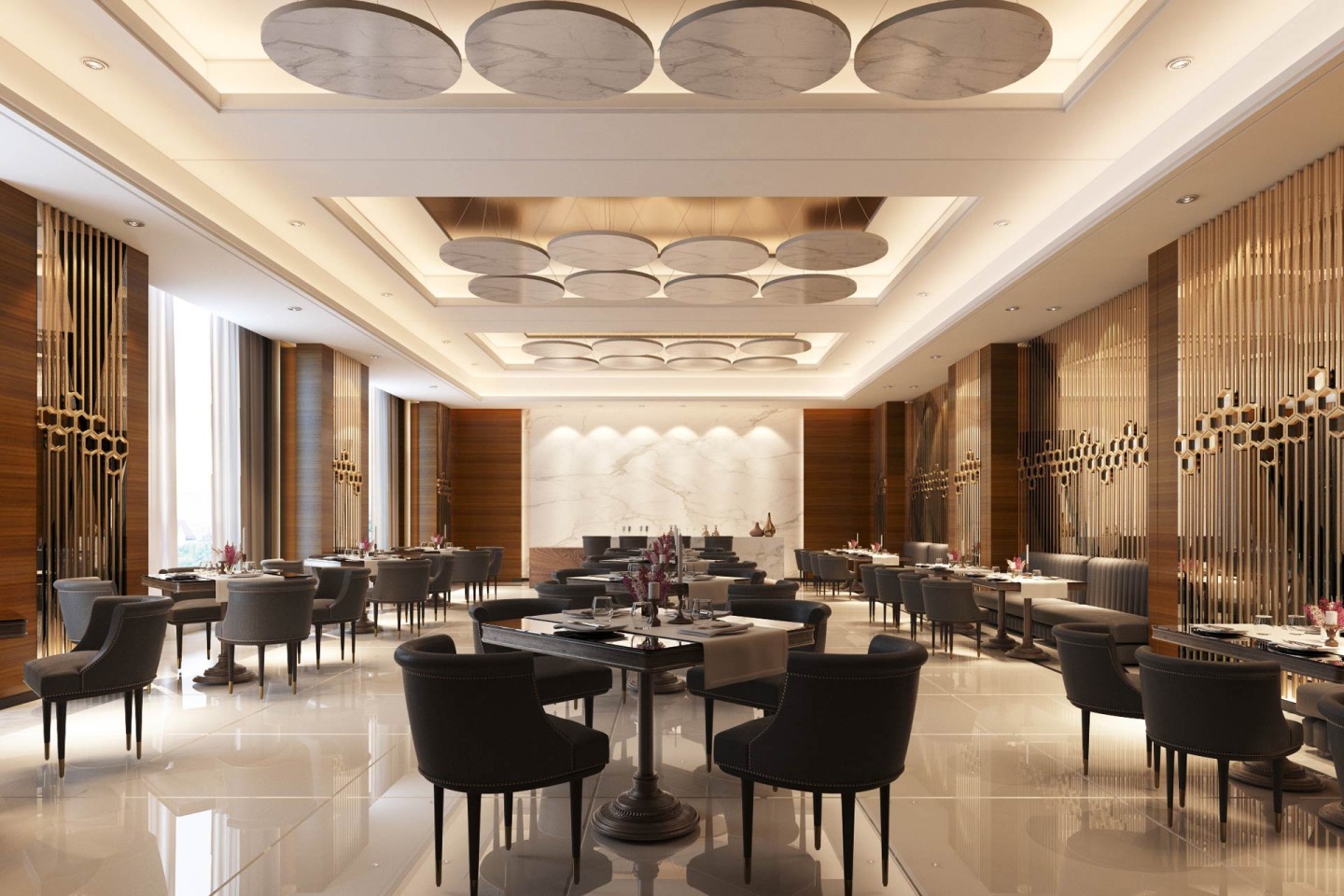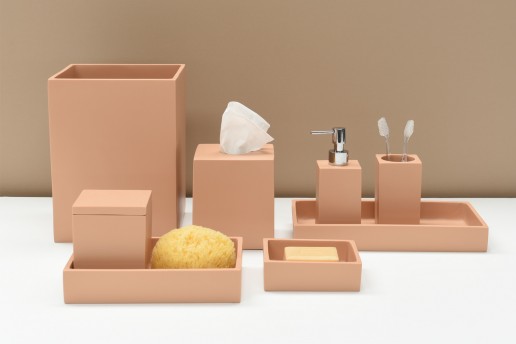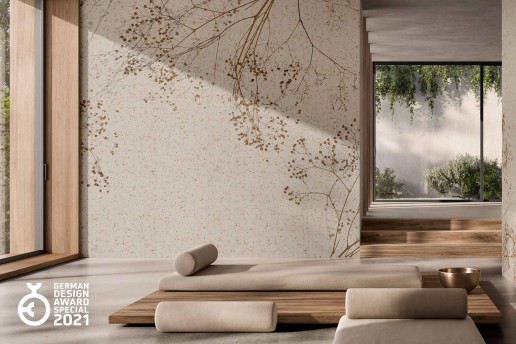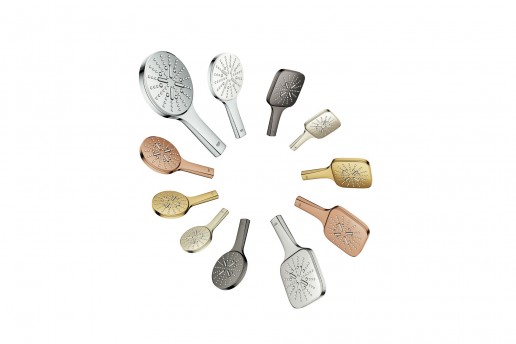Why are restaurants so noisy?
Acoustic treatment and sound insulation specialist Vicoustic explores why restaurants can be so noisy and what can be done to resolve the issue…
A restaurant experience is usually evaluated by the flavours and the way the service is provided, but many forget the full experience includes a social gathering in a public space, that can either be a pleasant moment or not. One of the issues that has mostly been reported is the noise inside restaurants, being it noise from conversations or other sound sources inside the space.
Why can restaurants be so noisy? Restaurant interiors are typically covered with hard and reflective surfaces, such as glass, concrete, plasterboard, among others. In these surfaces, the sound is strongly reflected many times before it’s finally absorbed. This leads to reverberant rooms, where background noise created by multiple conversations will quickly build-up, making it very hard for people to understand each other.
People in such loud environments need to raise their voices above background noise levels to be able to understand each other, therefore increasing the background noise even more. This build-up of sound, known as the Lombard effect, causes discomfort to everyone, both clients and workers.
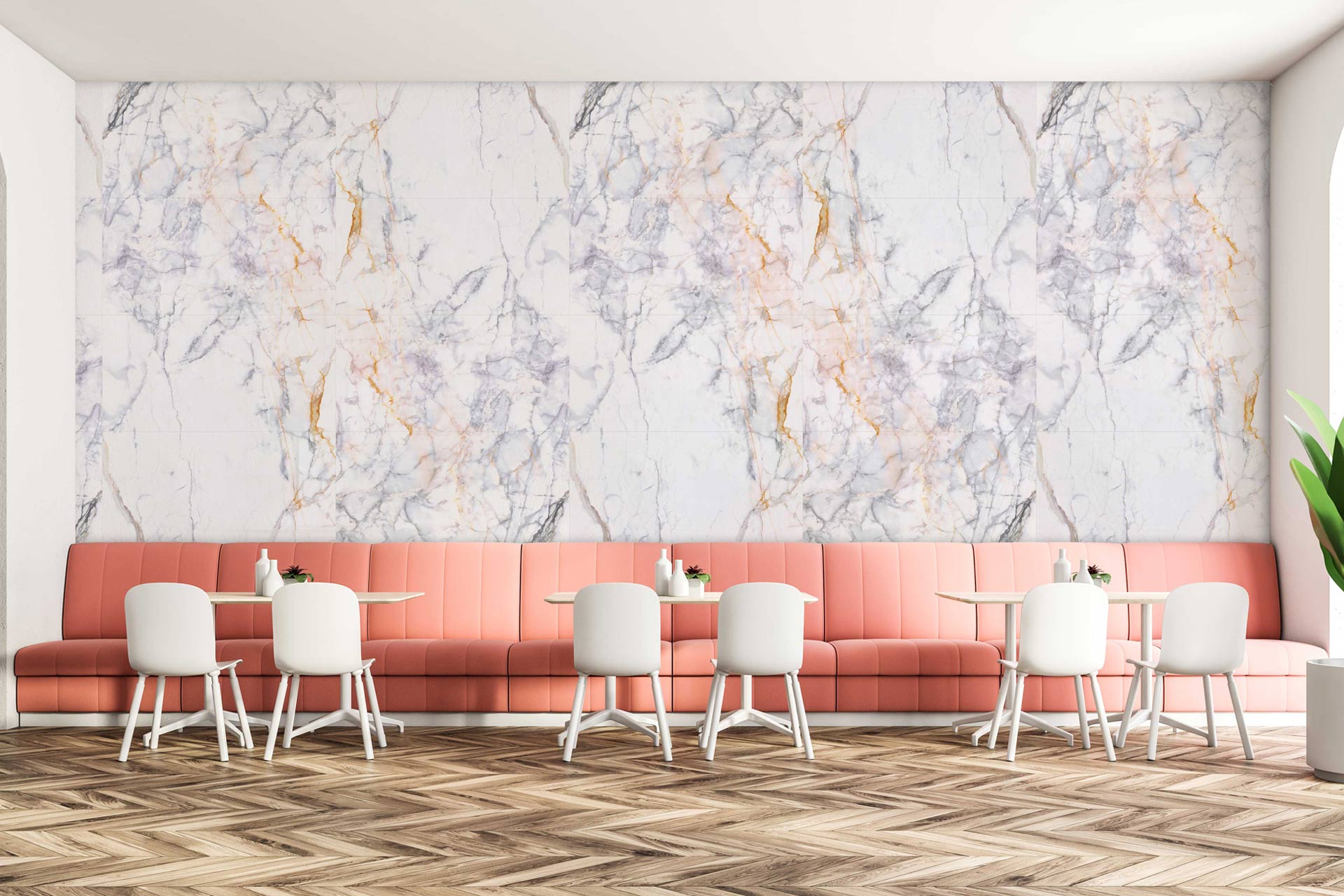
For a restaurant, cafe or pub, it’s therefore essential to introduce acoustic solutions to control the room’s reverberation time (RT). Best Practice Guidelines state maximum RTs between 0.8 to 1 second in large venues, while small spaces would need RTs closer to 0.6 seconds, which will help minimise the noise ‘build-up’ process, making communication easier.
Such acoustic solutions can easily be found in acoustic panels like sound absorbers, that are easy to apply in a functioning restaurant overnight by inexperienced installers and achieve an immediate response without having to close the facility.
Where should the acoustic treatment be placed? The best choice would be to distribute it evenly over the room’s surfaces. Ceiling treatment can be the best option, since it’s normally the biggest surface available and it covers all the restaurant’s area.
When selecting the acoustic panels for a restaurant many issues need to be considered, including the use of sustainable eco-friendly and human-safe raw materials, with appealing design choices.
These acoustic solutions can be found in a particular line of panels and clouds: VMT (Virtual Material Technology), which was developed from VicPET Wool, a non-woven textile enhanced for high acoustic performance, predominantly made from recycled plastic bottles (65%), and recyclable in the end of cycle.
VMT allows to print any colour or pattern, including customised images, through a dyeing technology. It is certified for Indoor Advantage™ Gold Certifications by SCS Global, and certified by the OEKO-TEX 100 Standard, meeting the human-ecological requirements established for baby articles.
Both VicPET Wool and VMT were engineered by Vicoustic, a Portuguese company manufacturing and delivering acoustic solutions worldwide for over 15 years.
Related Posts
12 August 2022
TF Design debuts Edge Bath collection in Nude
11 November 2020
GlamPure wins German Design Award 2021
7 September 2020
